Guest Post: "World Building," by Dina von Lowenkraft, author of DRAGON FIRE
I have always loved world building - and, as most kids do, I did it
constantly, whether playing with my friends in the trees or building homes for
my stuffed animals. What we were all doing, without thinking about it, was
creating a setting for our story. No story can happen without characters, and
no character can come to life in
a void. They need a setting. The setting is
the structure in which the characters will evolve and the story will unfold. It
shapes how the characters view the world and how they react. Whether done
consciously or unconsciously, the world we create as writers informs the story
problem and its themes.
One of the exciting things about world building is that you can
create your world starting from any point, be it the physical realm, the
society, the character or the story problem. But no matter where you start, at
some point you have to decide how your main character and his/her story problem
fit into the larger world he/she lives in. It is this interplay between the
character and his/her world that will help give a story the depth, and
coherence, necessary to engage readers and create a vibrant world that will
live on in their minds well beyond the end of the book.
Although it is easy to see details of world building when reading
about Middle Earth or Starships, a contemporary novel set in a small town also
has a distinct world that the author has created – either by constructing a
fictional setting or by choosing which parts of a real setting to include or to
omit.
A world is a complex system of interdependent threads ranging from
the physical to the metaphysical and covering everything in between. Geography,
population, government, history, ethics and religion are just a few examples.
The clearer you are about the impact of each thread on your characters and
story arc, the more depth your world will have and the more alive it will feel.
A river that floods, such as the Nile, can be seen as destructive or
life-giving or both – but it can’t be ignored. No matter how it is perceived,
the river’s cycle will affect how the civilization that it nourishes develops.
Climate and local resources influence everything from clothing to fighting
techniques to societal structure and religious beliefs.
Just as in our world, the way fictional characters perceive the
world around them is shaped by the culture they grew up in, their past
experiences and their own ideas of right and wrong. This in turn will affect
how each character can evolve over the course of the story.
For example, in The
Game of Thrones, Dany wouldn’t be who she is, or where
she is, without the past events that pushed her and her brother into exile. Of
course, what she chose to do afterwards was based on her own experiences and
understanding of the world around her and the potential she had within herself.
All worlds, even ones with magic, have limitations – and limitations
are often a great starting point for introducing problems and increasing
tension. And tension, especially when it is innate to your world’s structure
and your character’s personal view of the world, is what makes a book something
a reader can’t put down.
Find out more about the book on:
----------------------------------------------------------
Born in the US, Dina von Lowenkraft has lived on 4 continents,
worked as a graphic artist for television and as a consultant in the fashion
industry. Somewhere between New York and Paris she picked up an MBA and a black
belt. Dina is currently the Regional Advisor for SCBWI Belgium, where she lives
with her husband, two children and three horses.
Dina loves to create intricate worlds filled with conflict and
passion. She builds her own myths while exploring issues of belonging, racism
and the search for truth... after all, how can you find true love if you don’t
know who you are and what you believe in? Dina’s key to developing characters
is to figure out what they would be willing to die for. And then pushing them
to that limit.
Connect with Dina:
Twitter: https://twitter.com/vonlowenkraft
Pinterest:
http://pinterest.com/vonlowenkraft/
Publisher’s Website: http://twilighttimesbooks.com/DragonFire_ch1.html


































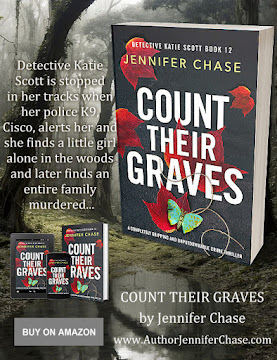
































































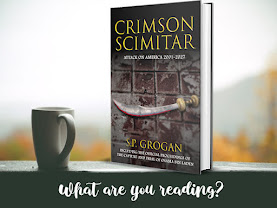



















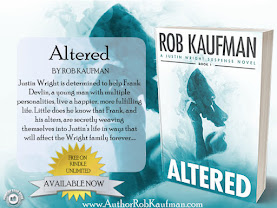
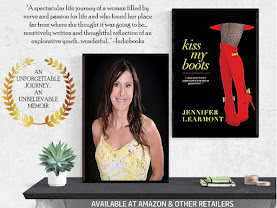





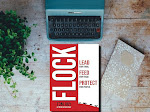


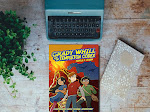



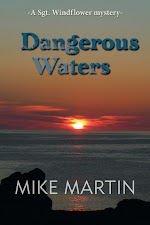











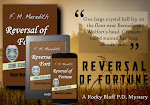

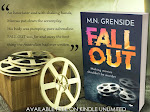














































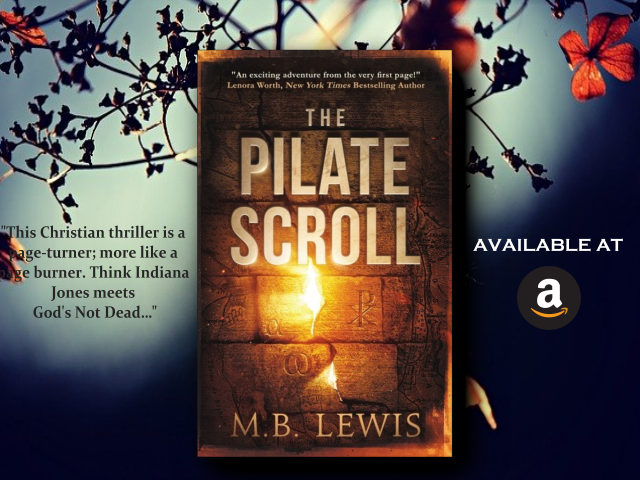














Leave a Comment